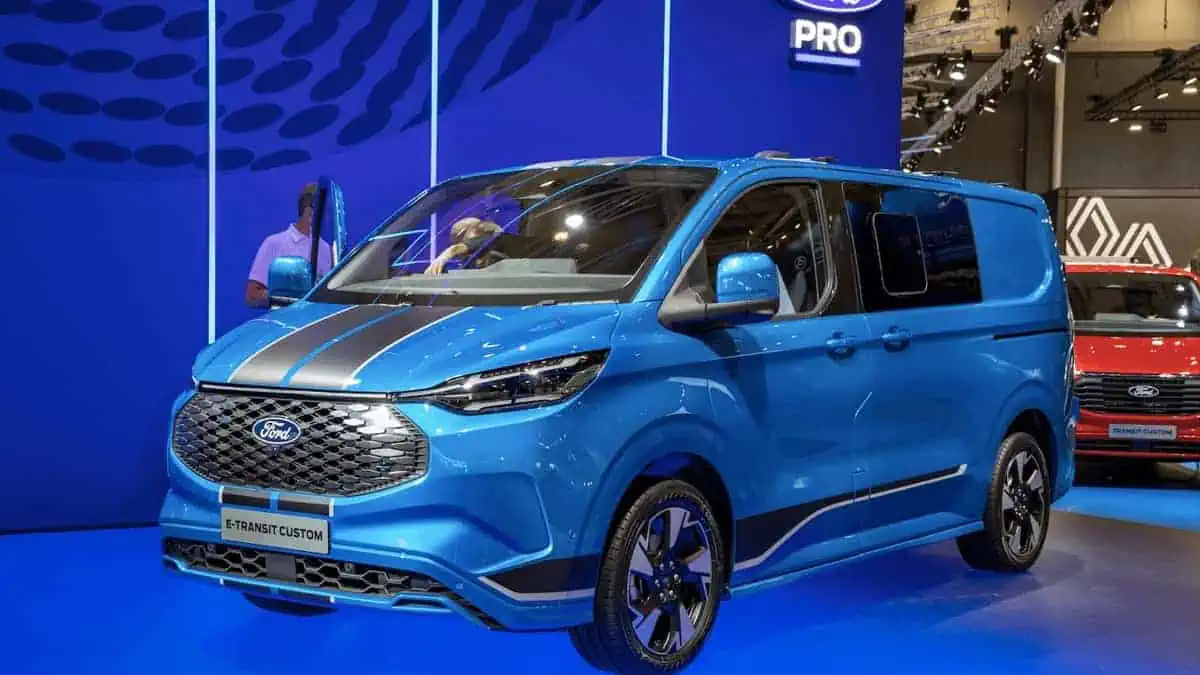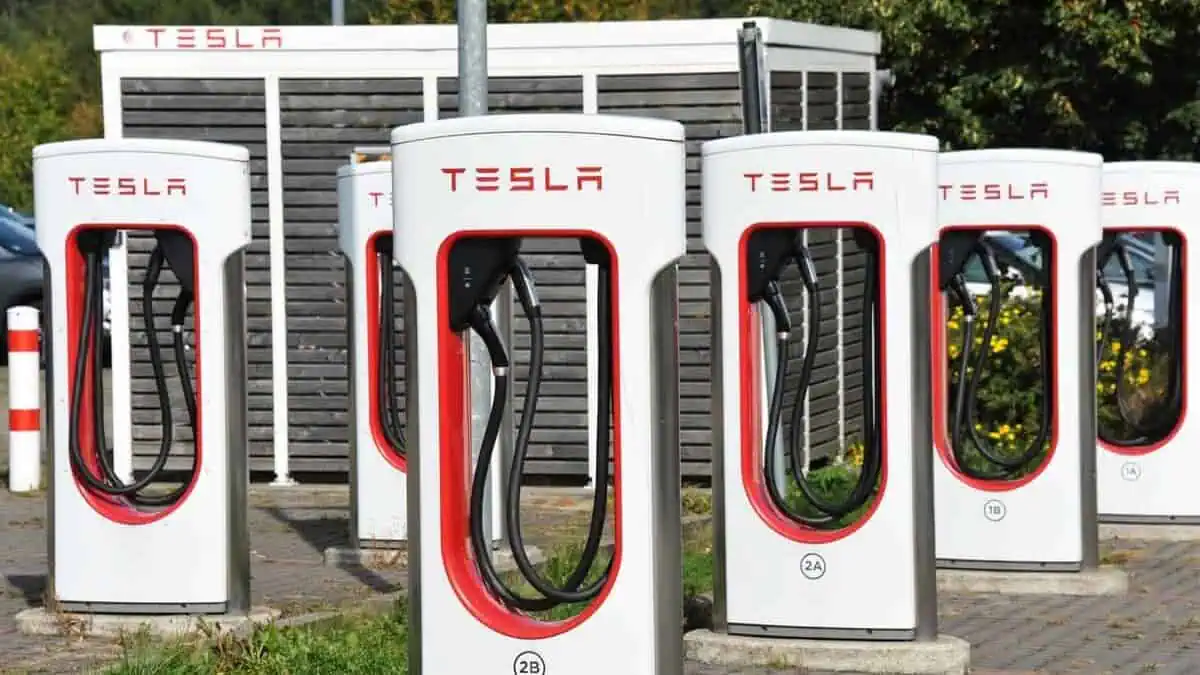Ford is marking the first anniversary of introducing its all-electric E-Transit vehicles on public roads with a bevy of upbeat statistics.
Ford E-Transit drivers have traveled over 12 million miles through the US and Canada since February 2022. It saved a significant amount of gasoline compared to combustion vans of the same size.
Ford Motor Company introduced the E-Transit in 2020 as an all-electric variant of its already well-liked Transit van, ideal for business operations and last-mile deliveries.
Improved vehicle sustainability
According to Electrek, they monitored the all-electric van’s development, secured official pricing, and inevitable transition to scaled production at Ford’s Kansas City facility.
The first E-Transits were delivered to Ford customers in February 2022. Since then, the overall commercial electric vehicle industry has seen demand growth for their services and fleet size.
Coke Canada began testing the vans during the summer of 2017. The United States Postal Service recently granted Ford a contract to purchase more than 9,000 E-Transits for mail and parcel delivery.
Ford Pro has provided some interesting statistics demonstrating evidence of enhanced sustainability in the commercial segment and accelerated utilization by companies deciding to integrate EVs into their worldwide operations. This information was compiled using telematics data from E-Transits over the past year.
Most people purchase Ford E-Transit electric vans
Ford E-Transit is essential in the US, Canada, and the entirety of Europe. As it marks the E-first Transit’s year on public roads, Ford published a press release today that included those numbers and much other information.
According to Ford, the E-Transit has so far prevented more than 4.3 million kg of CO2 from entering the Earth’s atmosphere by saving over 745,000 gallons of gas that conventional combustion vans would have used.
Ford claims that operating a low-roof E-Transit can deliver a 57% reduction in CO2 output throughout its operation compared to driving a conventional combustion delivery van.
The Chief Executive Officer of Ford Pro, Ted Cannis, discussed the electric van’s accomplishments in its first year of operation as well as the promising results obtained from the telemetry data collected by the van in relation to its impact on the environment as well as on the operations of customer businesses.
“Businesses looking to adopt battery electric technology is happening at a global scale, and E-Transit – along with the Ford Pro one-stop shop of software, services, and charging solutions – is at the forefront of that revolution. In its first year on the road, E-Transit has made an immediate impact, and we are just getting started.”
Chief Executive Officer of Ford Pro, Ted Cannis
Ford to increase production of its top-selling E-Transit
At the end of 2022, the E-Transit will have been supplied to all fifty states for a total of six thousand five hundred van sales.
Ford shared that the E-Transit is the top-selling electric van on different continents, making up roughly 61% of the total market share for electric vans.
It also holds the position of current sales leader in 28 of the 30 trades that S&P Global Mobility recognizes. These trades include the government, retail, and construction industries.
Ford has already started moving toward an all-electric future using the information obtained above, with the goal of increasing E-Transit production in Kansas City along with other EV models like the F-150 Lightning and Mustang Mach-E.
Ford is aiming for a 38,000 increase in production annually, supported by a $95 million investment that also includes creating 1,100 union jobs. Those production increases are anticipated to increase as soon as next month.
See Also:
- US Postal Service awards Ford with a contract for the purchase of 9,250 Ford E-Transit
- Ford Pro accelerates DHL’s EV rollout with more than 2,000 E-Transit
- Ford unveils a brand-new “smartphone on wheels” E-Transit Custom commercial electric van
- Ford more than doubled its BEV sales in the US in January 2023
- Upcoming Ford EVs are “deeply developing,” with smaller batteries






